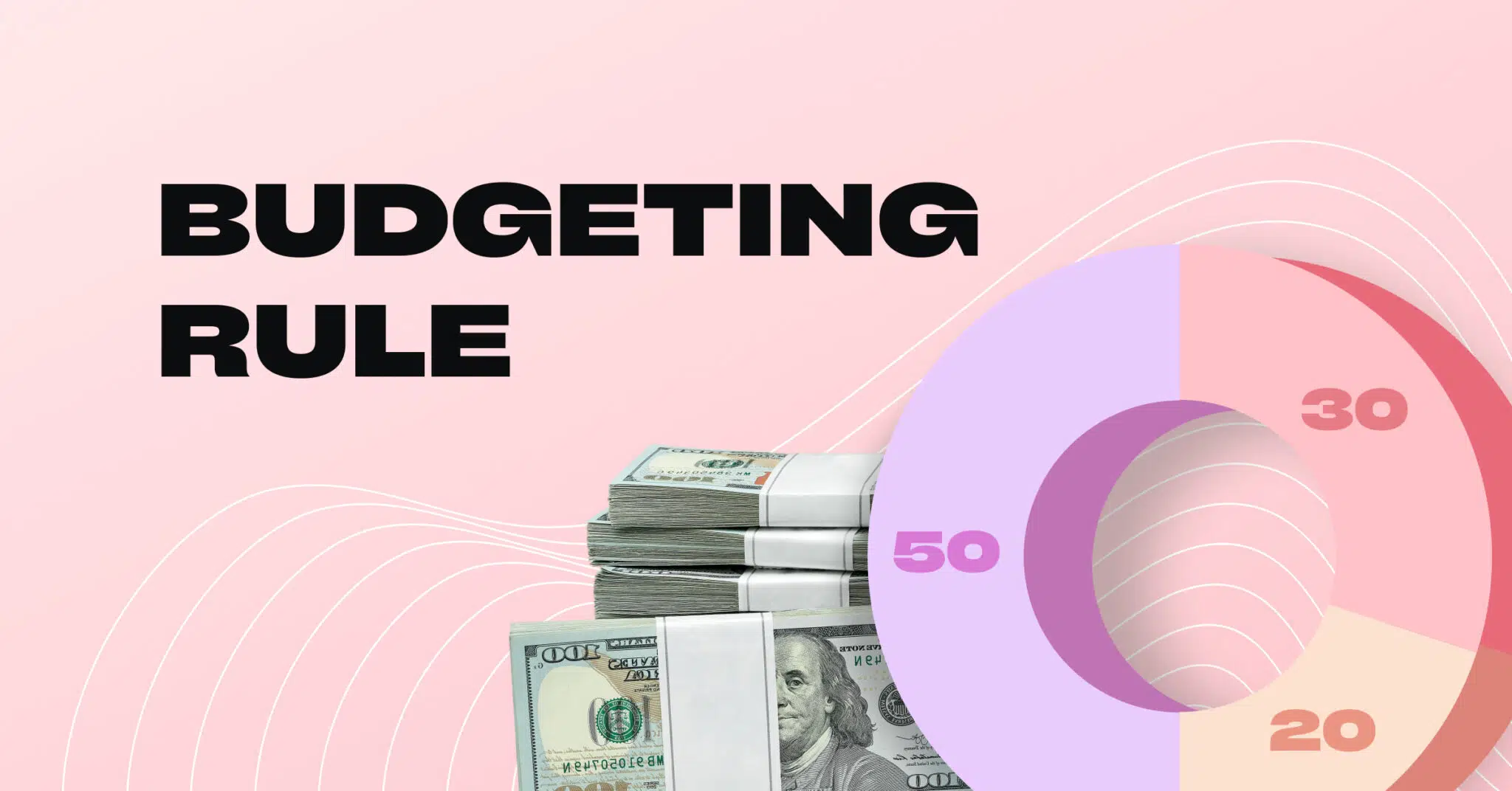
Master Your Budget with the 50/30/20 Rule: A Simple Guide to Effective Budgeting Strategies
Feeling overwhelmed by budgeting? You’re not alone. Many find traditional budgeting methods restrictive and difficult to maintain. Enter the 50/30/20 rule, a simple yet effective budgeting guideline that helps you allocate your income wisely, boost your savings, and still enjoy life. This article breaks down this popular method, provides practical applications, and even offers a handy tool to get you started.
What is the 50/30/20 Rule?
The 50/30/20 rule is a straightforward budgeting framework that divides your after-tax income into three categories:
- 50% for Needs: These are essential expenses that you absolutely must pay to maintain your basic standard of living.
- 30% for Wants: These are non-essential expenses that you choose to spend on for enjoyment and leisure.
- 20% for Savings and Debt Repayment: This portion is dedicated to building your financial security through savings, investments, and paying down debt.
Breaking Down the Categories:
50% – Needs: This category covers essential expenses like:
- Housing (rent or mortgage payments)
- Utilities (electricity, water, gas)
- Transportation (car payments, gas, public transport)
- Groceries
- Healthcare
- Minimum debt payments (if applicable)
It’s crucial to be honest with yourself about what constitutes a “need.” While a car might be essential for commuting to work, a luxury car might fall into the “wants” category.
30% – Wants: This category includes non-essential expenses that enhance your lifestyle but aren't strictly necessary for survival:
- Dining out
- Entertainment (movies, concerts, streaming services)
- Travel
- Hobbies
- Gym memberships
- Shopping for non-essential items
This is the category where you have the most flexibility. Cutting back on wants can significantly boost your savings rate.
20% – Savings and Debt Repayment: This crucial category is dedicated to securing your financial future:
- Savings (emergency fund, down payment, future goals)
- Investments (stocks, bonds, mutual funds)
- Debt repayment beyond minimum payments (credit cards, student loans)
Prioritizing this category is essential for building long-term wealth and achieving financial independence. Paying down high-interest debt should be a priority within this category.
Practical Applications and Modern Examples:
The 50/30/20 rule can be adapted to various life stages and financial situations. Here are some examples:
- Young Professional Living in a High-Cost City: A young professional earning $3,000 per month after taxes might allocate $1,500 to rent and utilities (needs), $900 to dining out and entertainment (wants), and $600 to building an emergency fund and paying down student loans (savings/debt).
- Family with Children: A family earning $6,000 per month after taxes might allocate $3,000 to housing, groceries, and childcare (needs), $1,800 to family activities, vacations, and hobbies (wants), and $1,200 to saving for college, retirement, and paying down the mortgage faster (savings/debt).
- Trending on TikTok: Many personal finance creators on TikTok are showcasing how they use the 50/30/20 rule to achieve specific goals, like saving for a down payment on a house or paying off debt. These stories often highlight creative ways to cut back on wants, such as cooking more meals at home or finding free entertainment options. This trend demonstrates the rule’s adaptability and relevance to modern audiences.
Adapting the Rule to Your Needs:
While the 50/30/20 rule is a helpful guideline, it’s not a rigid formula. You can adjust the percentages based on your individual circumstances. For example:
- High Debt: If you have significant debt, you might need to allocate more than 20% to debt repayment, potentially reducing your “wants” category.
- High Savings Goals: If you’re aggressively saving for a down payment or early retirement, you might increase your “savings” allocation and reduce both “needs” and “wants.”
- Low Income: If your income is very low, you might find that your “needs” exceed 50%. In this case, focus on finding ways to increase your income or reduce your essential expenses.
Benefits of Using the 50/30/20 Rule:
- Simplicity: It’s easy to understand and implement.
- Flexibility: It can be adapted to different financial situations.
- Balance: It allows you to save for the future while still enjoying the present.
- Structure: It provides a clear framework for managing your finances.
Important Considerations:
- After-Tax Income: The rule is based on your net income, meaning the money you have left after taxes and other deductions.
- Tracking Expenses: To effectively use the 50/30/20 rule, you need to track your spending to understand where your money is going. Use budgeting apps, spreadsheets, or even a simple notebook.
- Regular Review: Review your budget regularly (monthly or quarterly) to ensure it still aligns with your goals and changing circumstances.
Calculate Your 50/30/20 Budget (Example):
(I cannot provide a fully functional calculator within this text-based format. However, here’s a simple example and a suggestion for creating your own):
Example:
- Monthly After-Tax Income: $4,000
- Needs (50%): $2,000
- Wants (30%): $1,200
- Savings/Debt (20%): $800
Create Your Own Calculator: The easiest way to create your own 50/30/20 calculator is to use a spreadsheet program like Google Sheets or Microsoft Excel. Simply create columns for “Income,” “Needs (50%),” “Wants (30%),” and “Savings/Debt (20%).” Then, use formulas to calculate the appropriate amounts based on your income.
Q&A:
- Q: What if my “needs” are more than 50% of my income?
- A: Focus on finding ways to reduce your essential expenses or increase your income. This might involve finding a cheaper place to live, reducing transportation costs, or exploring side hustles.
- Q: Can I use this rule if I have irregular income?
- A: Yes, but you’ll need to average your income over a few months to get a clearer picture of your average monthly income.
- Q: Is it okay to adjust the percentages?
- A: Absolutely! The 50/30/20 rule is a guideline, not a strict rule. Adjust the percentages to fit your specific financial goals and circumstances.
- Q: Does the 20% for savings include retirement contributions?
- A: Yes, the 20% category encompasses all forms of saving, including retirement contributions, emergency funds, and other savings goals.
- Q: How often should I review my budget?
- A: At a minimum, review your budget monthly. You may need to review it more frequently if your income or expenses fluctuate significantly.
Conclusion:
The 50/30/20 rule provides a simple yet powerful framework for managing your finances effectively. By allocating your income wisely, you can boost your savings, pay down debt, and still enjoy life’s pleasures. Remember to adapt the rule to your individual needs and track your progress regularly. Start implementing the 50/30/20 rule today and take control of your financial future.



